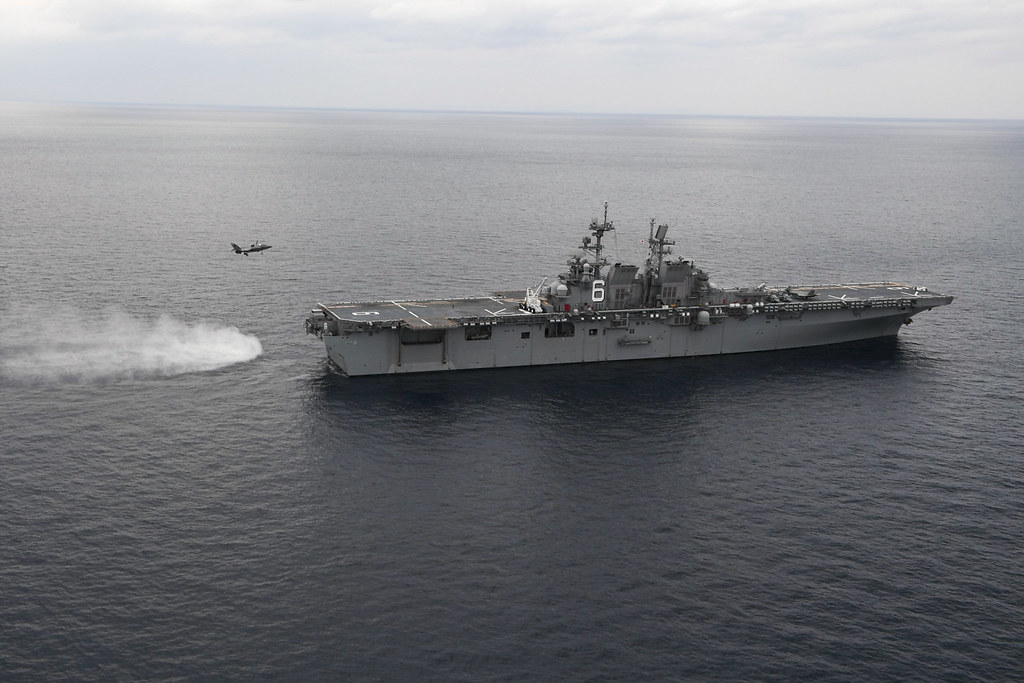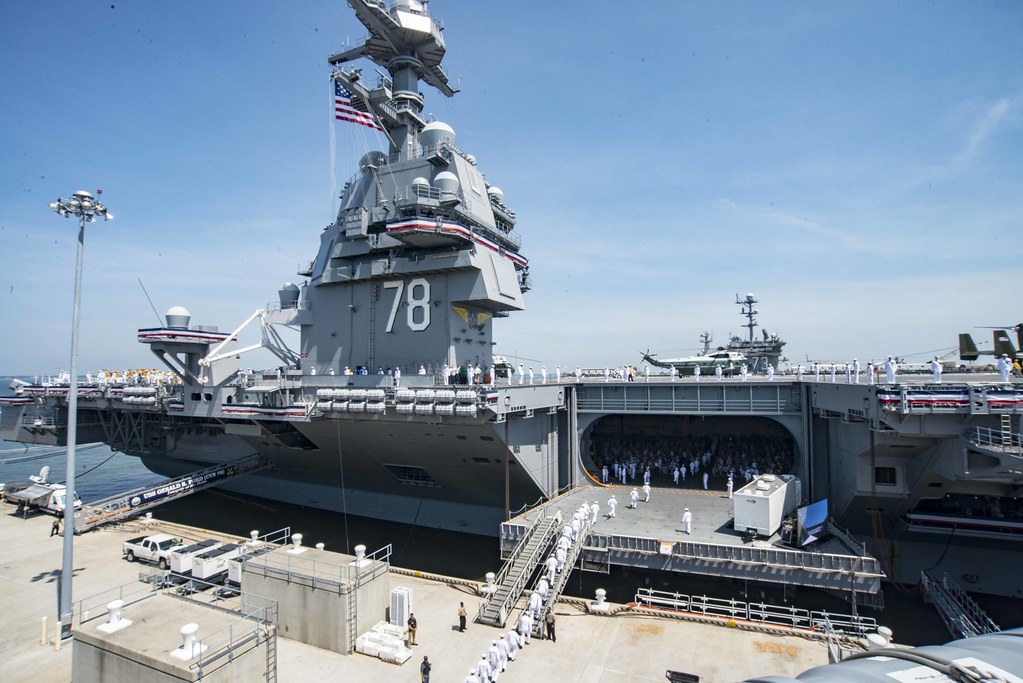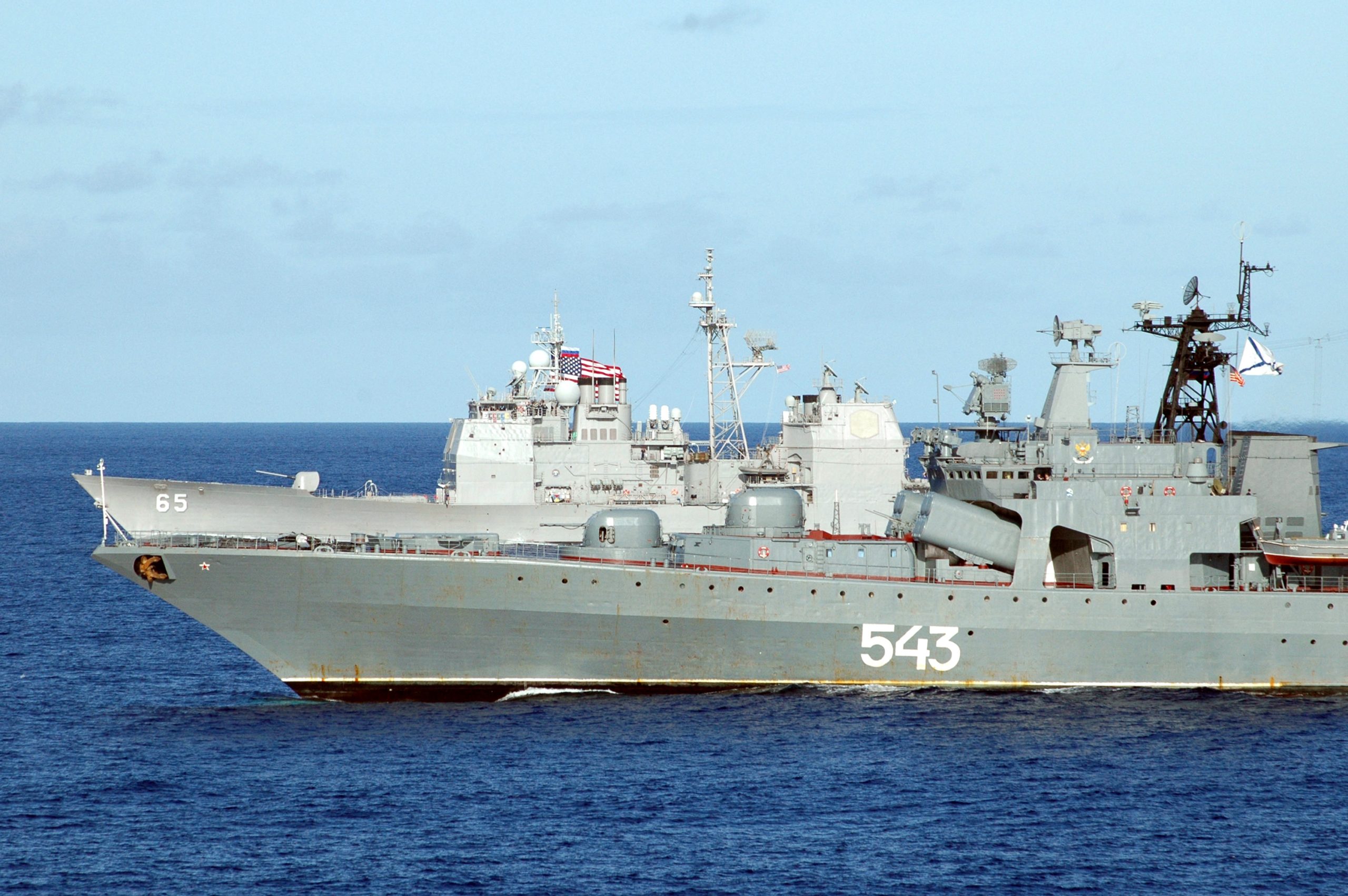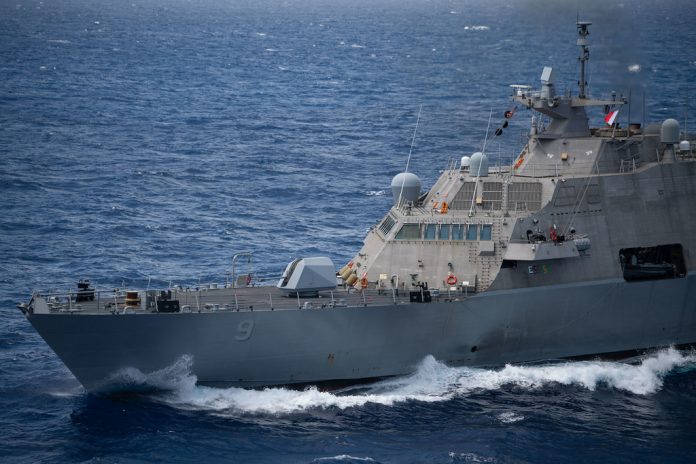
As the United States Navy shifts its strategic focus towards the Indo-Pacific region and the rising challenges, the development of the Navy’s Medium Landing Ship (LSM) program has become a pivotal element in reinforcing the capabilities of the Marine Corps.

The LSM program, previously known as the Light Amphibious Warship (LAW) initiative, aims to procure a fleet of 18 to 35 amphibious vessels designed to execute the Expeditionary Advanced Base Operations (EABO) concept—a vision that could alter the landscape of maritime conflict in the Western Pacific.

According to a recent report, the first of these ships is set to be procured in the fiscal year 2025, with a budget request of $268.1 million earmarked for its acquisition.

This initial cost is inclusive of substantial non-recurring engineering and detailed design expenses customary for lead ships in a new class. The program schedule indicates that the first LSM would be delivered by February 2029, following a contract award in March 2025.

The EABO concept is the Marine Corps’ response to the operational challenges。

It entails the strategic maneuvering of reinforced-platoon-sized Marine units across various islands to execute missions such as firing anti-ship cruise missiles (ASCMs) and denying sea control to Chinese forces.

These highly mobile Marine Corps units would rely on LSMs for embarkation, transportation, landing, and re-embarkation. The LSMs, significantly smaller and more cost-effective than the Navy’s current amphibious ships, are vital for such rapid and flexible operations.

The Congressional Budget Office (CBO) has weighed in on the potential acquisition costs of the LSM program.

The CBO’s estimates put an 18-ship program between $6.2 billion and $7.8 billion, with individual ship costs ranging from $340 million to $430 million based on various full-load displacements.

This contrasts with the Navy’s estimates, which for the same number of vessels stands at around $2.6 billion, projecting a much lower cost of roughly $150 million per ship.

The LSM’s design is proposed to be a hybrid, melding aspects of military-grade amphibious warfare ships with commercial ship standards. The survivability and recoverability features of a military vessel would significantly increase costs; if such standards were fully adopted, each LSM’s price tag could range from $475 million to $600 million. In contrast, adhering closely to commercial standards could cut costs significantly.

The disparity between the CBO’s and the Navy’s cost estimates can be attributed to the uncertainty surrounding the LSM program. Factors such as final ship design, capabilities, and the number of vessels ultimately procured will determine the program’s total expenditure. The Navy and Marine Corps have suggested a fleet size ranging from 18 to 35 ships, but the exact number remains a point of contention and strategic calculation.

Central to the future of the LSM program are decisions regarding the vessels’ concept of operations. The Navy and Marine Corps must determine the level of survivability and defensive systems required, whether the ships will be deployed and resupplied in peacetime or also during active conflicts, and whether commercial or military construction standards will be employed. These decisions will have a significant impact on costs and capabilities.

While these deliberations continue, the LSM program represents a strategic evolution in the United States’ maritime doctrine, aiming to provide the Navy and Marine Corps with a transformative advantage in the dynamic and contested arenas of future naval warfare.

The Congressional and defense community’s scrutiny of the program’s development, costs, and acquisition strategy will be pivotal in shaping the Navy’s ability to meet emerging operational challenges in the Indo-Pacific theater.

Relevant articles:
– Report to Congress on Navy Medium Landing Ship, USNI News
– Acquisition Costs of the Navy’s Medium Landing Ship, Congressional Budget Office (.gov)

